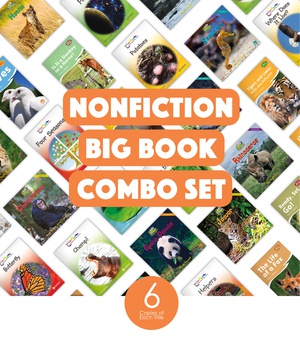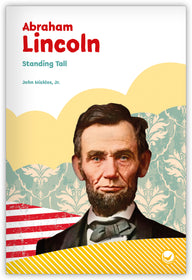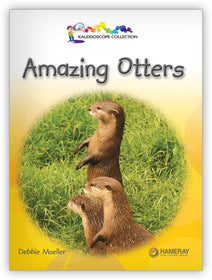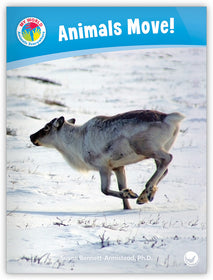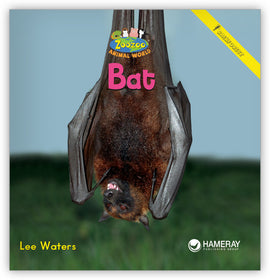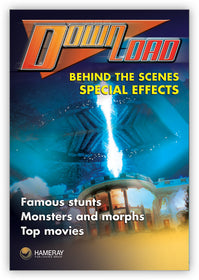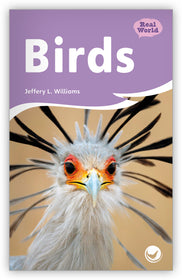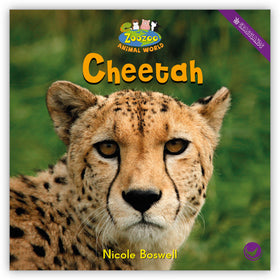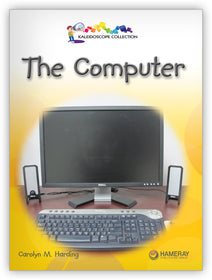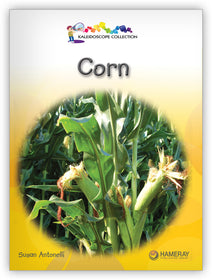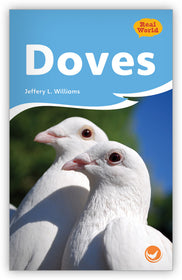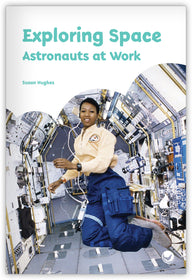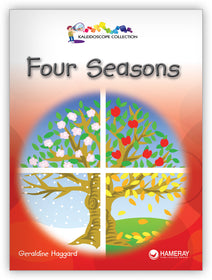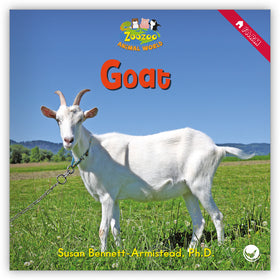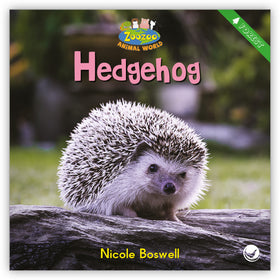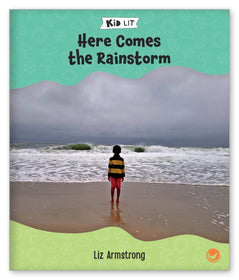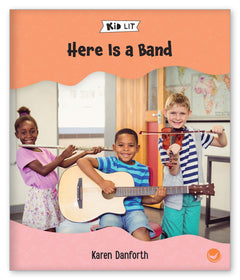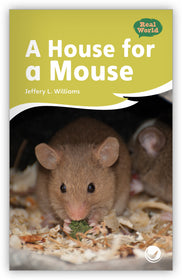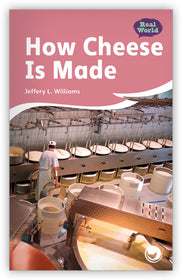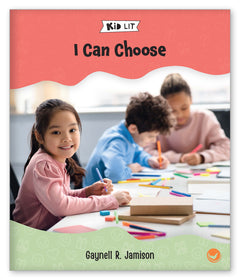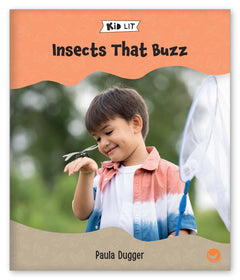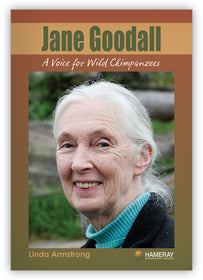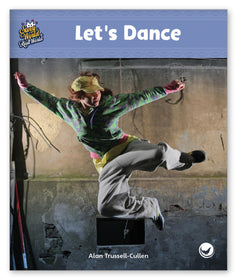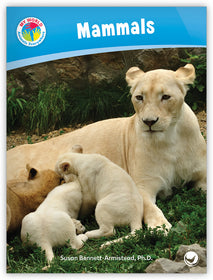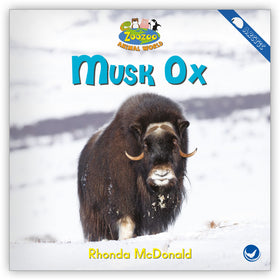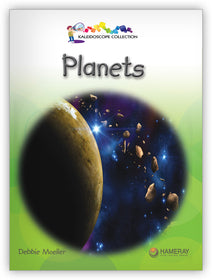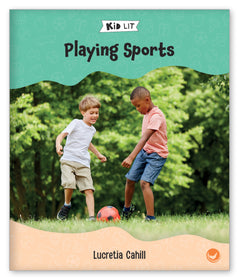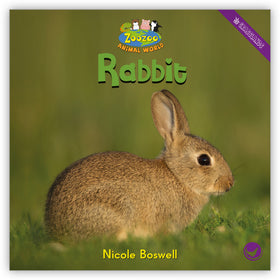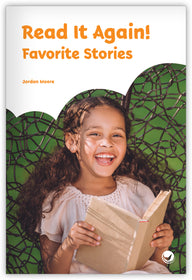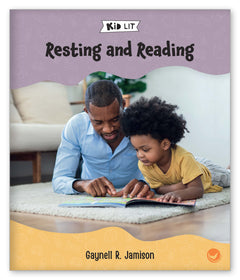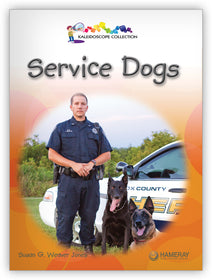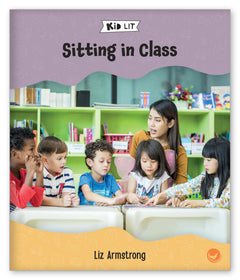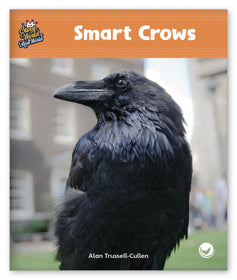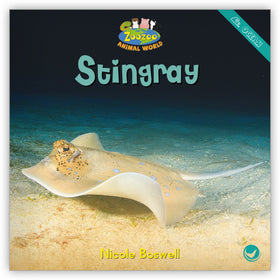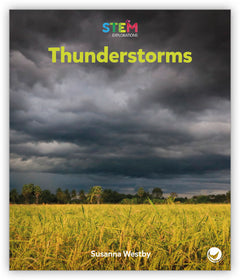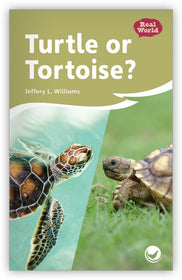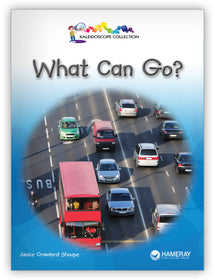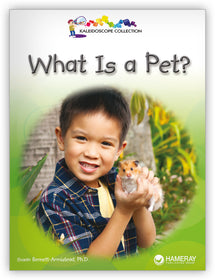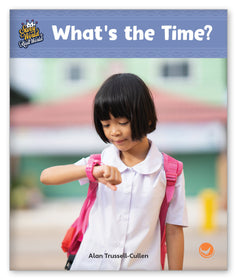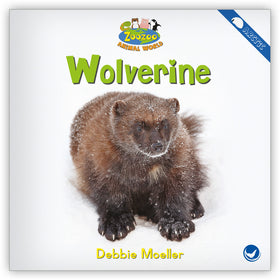Nonfiction Books

- 593 Nonfiction Titles
- Grade Levels K–5 | Levels A–T
- 64 Big Books
- Various Teacher's Guides Available

Informational Text: Choosing Non-Fiction Books for Kids
What is informational text? Put simply, it is text written to express information about a content area. There are multiple types of informational text. From literary nonfiction (such as the sweeping arc of a dramatic biography) to the description-heavy expository texts, nonfiction genres have been more prominently featured in the classroom as Common Core reading standards have taken effect.
CCSS reading (literacy) standards place emphasis on introducing a wide variety of informational text structures (compare/contrast, chronological, etc.) and teaching about informational text features. Non-fiction genres that are included under the umbrella “informational text” include literary nonfiction, expository texts, persuasive texts, and procedural texts. Informational text features include table of contents, graphic organizers, the glossary, sidebars, and so on.
Nonfiction books for kids are beginning to include these features at lower and lower reading levels, as CCSS requires knowledge of these informational text features in first grade, and many first graders read below grade level, so it’s important to have these features even in non-fiction books for 1st graders and non-fiction books for kindergarten.
Good nonfiction books for kindergarten and above will have realistic pictures (either photos or realistic drawings), impart factual information, and begin to expose children to ever-increasing levels of informational text features. In kindergarten, it might be enough to have a graphic organizer or a text glossary. By first grade, however, the full suite of features should be on display, including an index so students can practice their comprehension skills of a main idea!
By offering students a wide variety of kids’ non-fiction books, including various genres, structures, topics, and features, you will ensure that will be able to meet standards and begin to learn about the world around them through the windows known as books!












